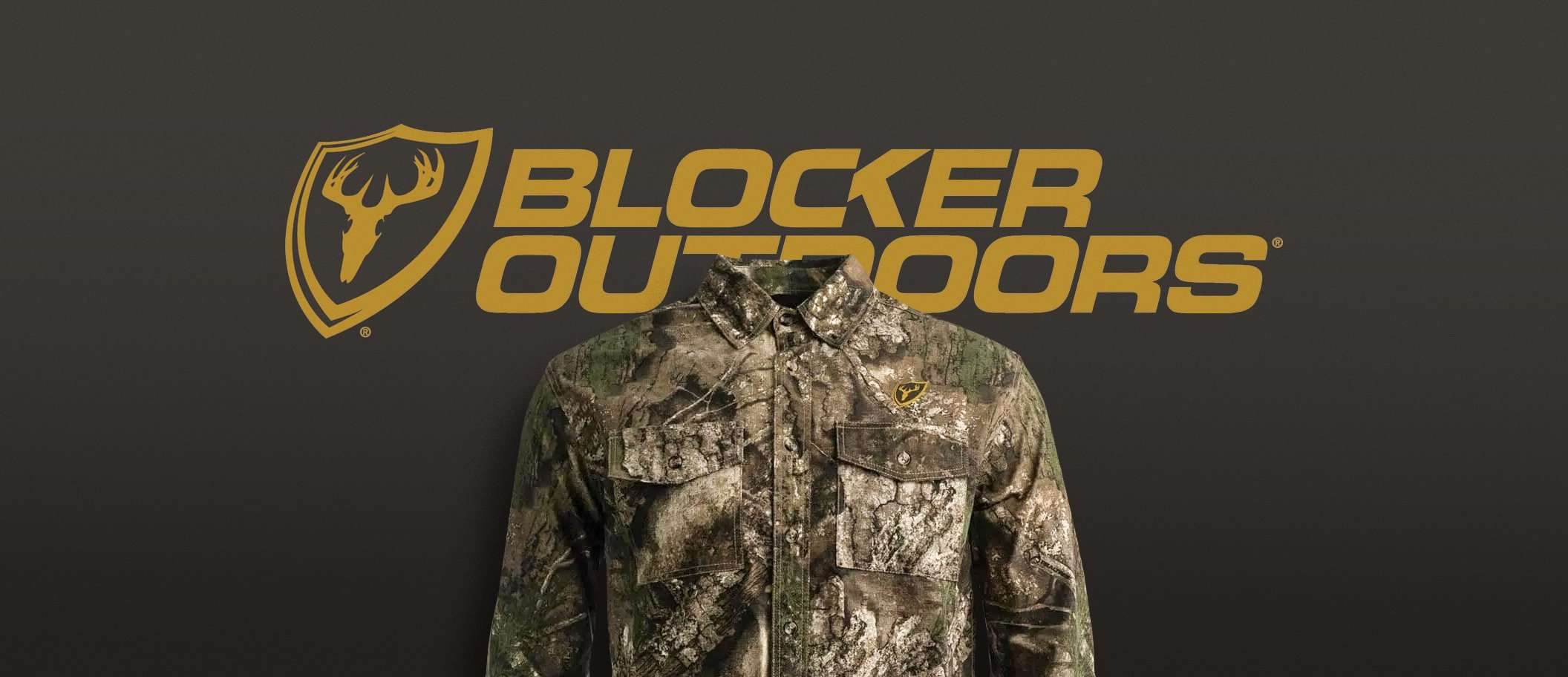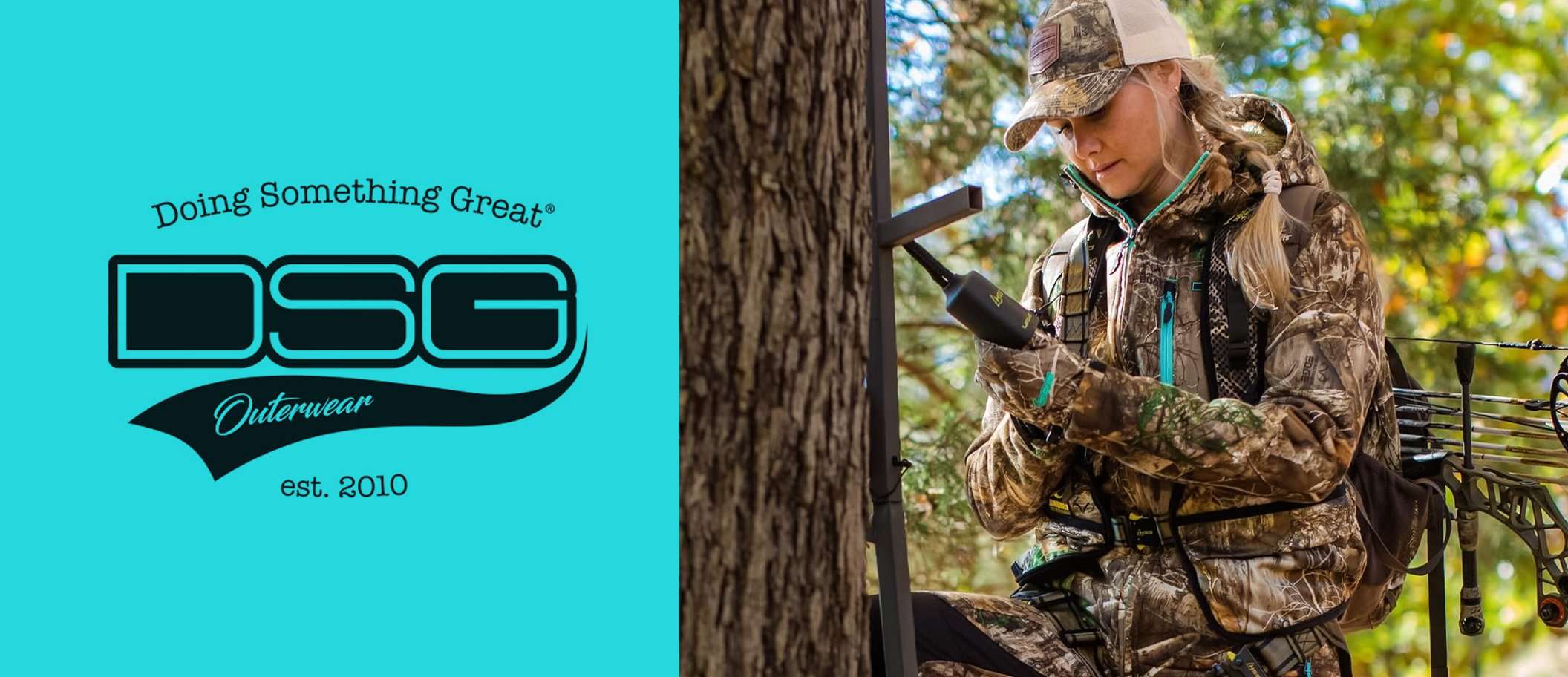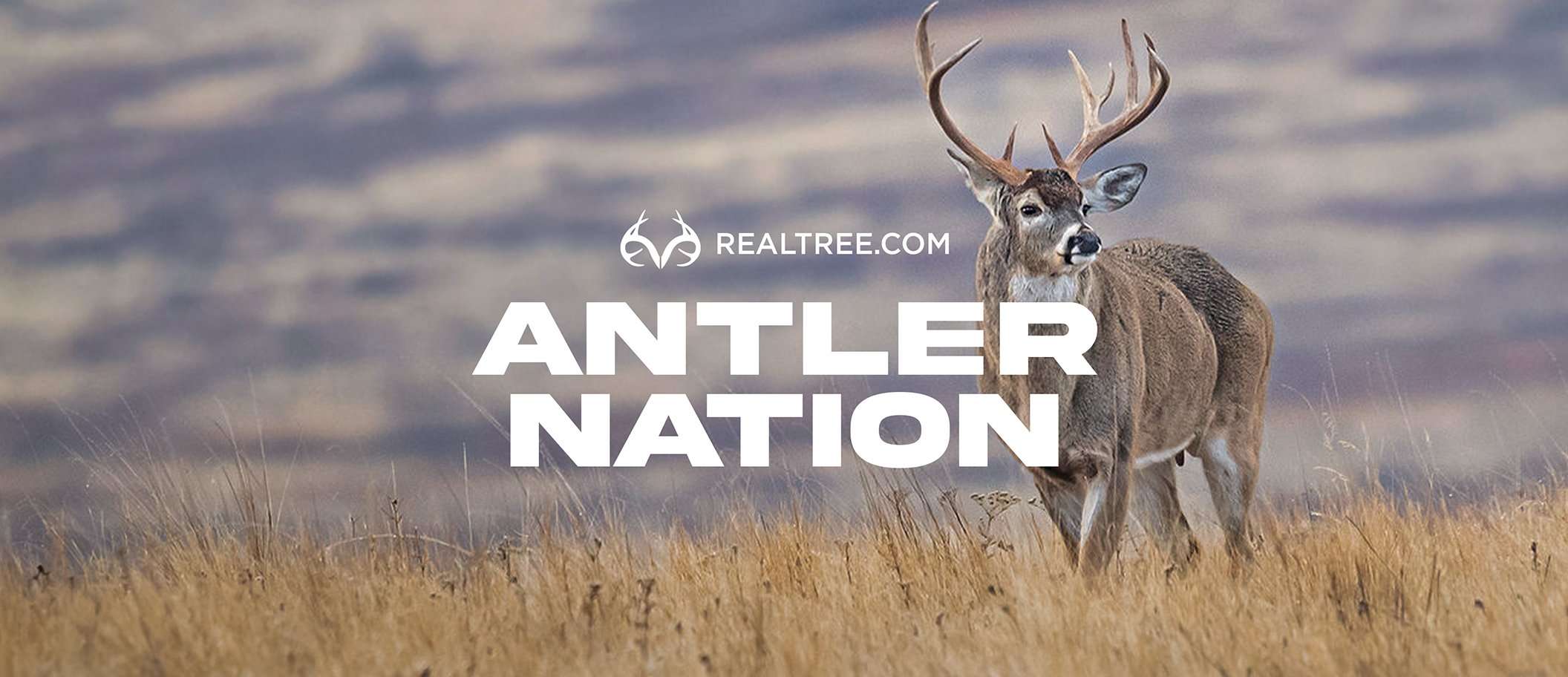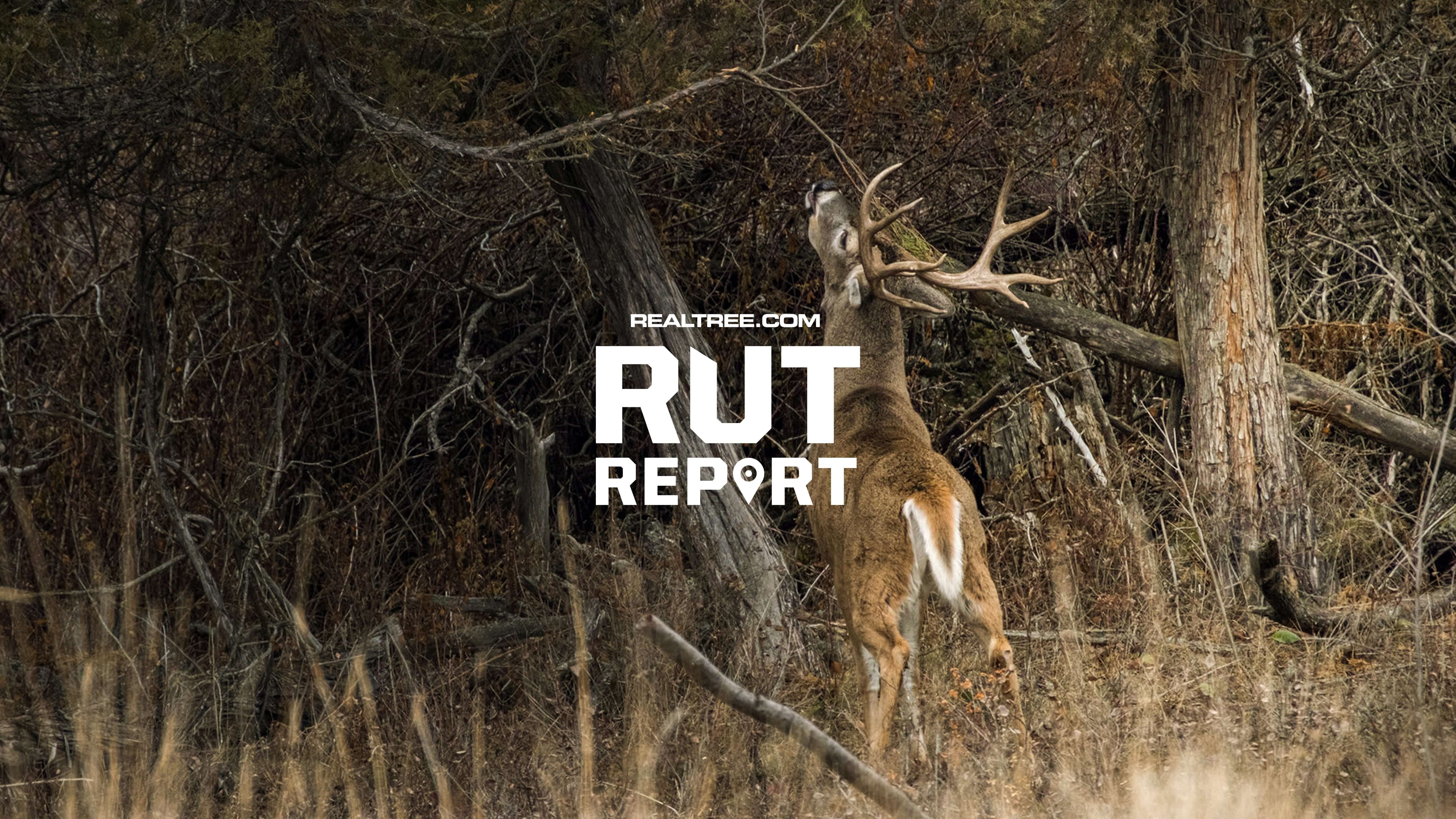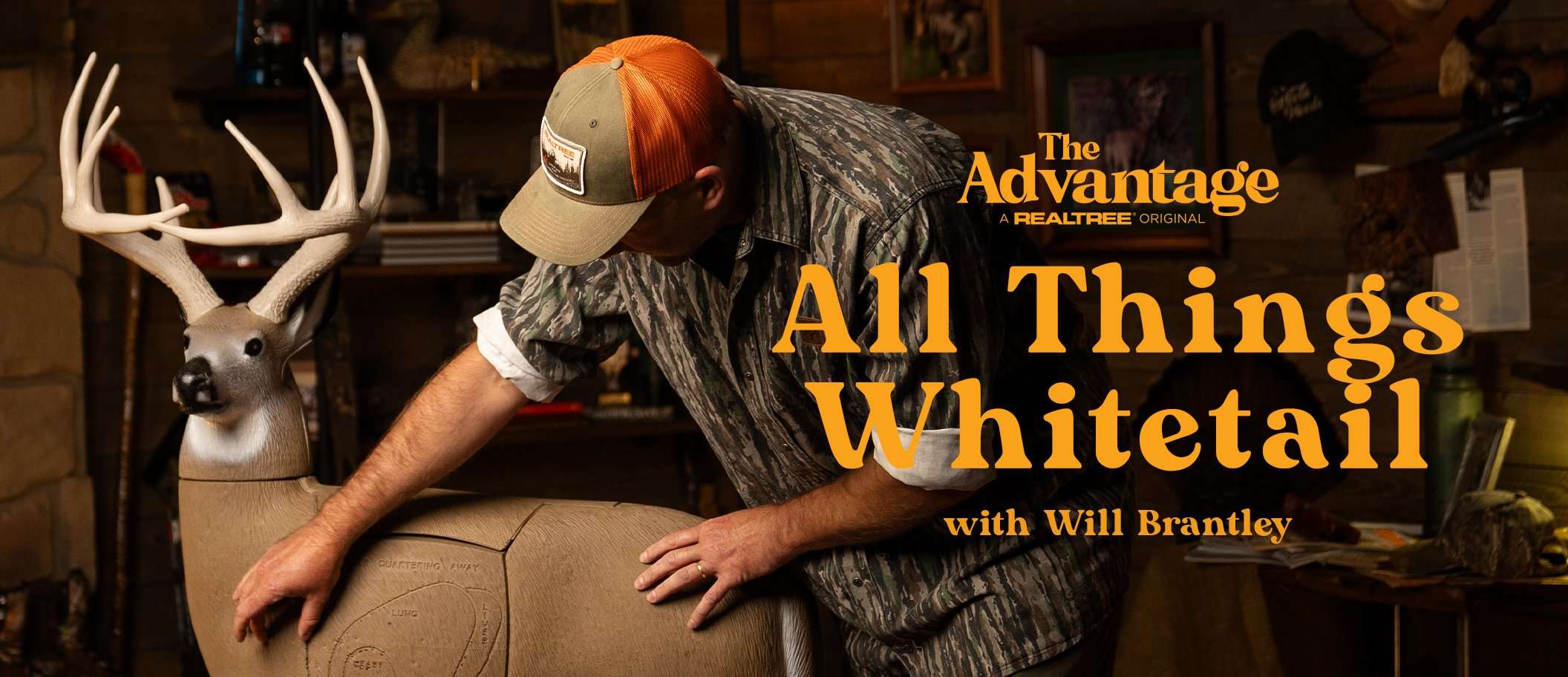Calling in and shooting a longbeard in the thin woods of early spring can be difficult, but these tricks will help you do it
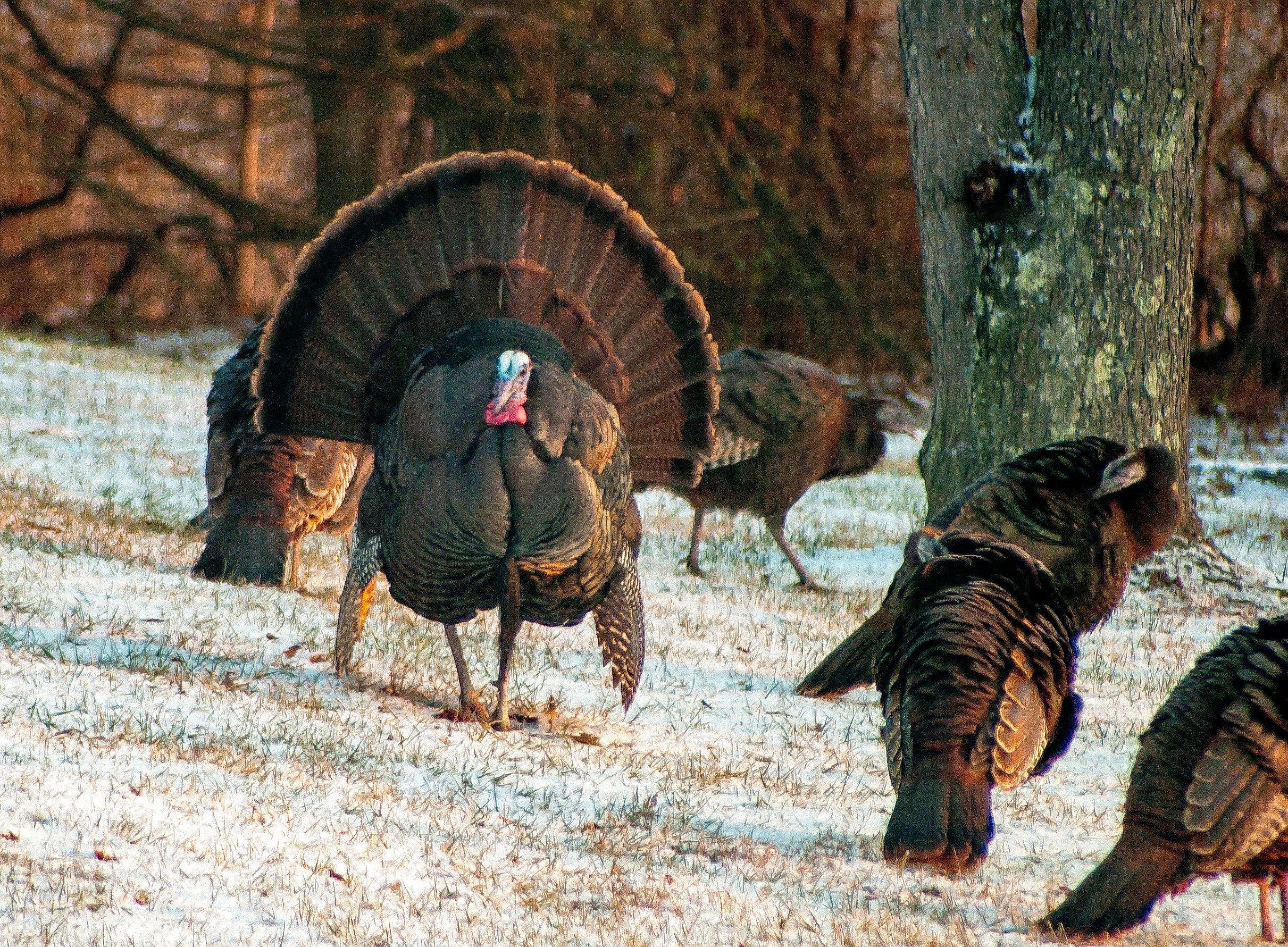
Some turkeys don’t gobble much early in the season, as they can look through open timber and see hens and other gobblers at great distances. Photo by Don Bilski.
One morning, I sat on an oak ridge and yelped to a long-bearded turkey. Every time I called, he exploded into strut and gobbled violently. But I had a problem. The turkey had zeroed in on my calling spot. He ran up his periscope and looked but didn’t see a hen. Finally, he got bored, dropped his fan and walked away.
It was late March, but the woods still had that December look; silvery and sterile. It’s like that in most parts of the country early in turkey season, especially the farther north you go. The leaves and ground foliage are still dormant, or just starting to bloom. In addition to looking a long way through the open woods and not seeing a hen, a sharp-eyed gobbler can bust a hunter sneaking around. Calling in and shooting a turkey in the thin woods of early spring can be tough, but here are some tricks that will help you do it.
Don’t Miss: Risk Versus Reward: Hunting Turkey Roosts
TERRAIN MOVES
Arrive at a spot at least a half-hour before sunrise and gobbling time. If you wait until first light to walk in, you’re asking for trouble. A small breeding flock of toms and hens might look down through the leafless trees and spook. Even if a longbeard sees movement but doesn’t flap away, he probably won’t gobble on the roost.
Let’s say a strutter roars on a ridge later in the morning. Keep in mind that gobbles sound clear and loud and carry a long way when there’s little foliage in the woods. A bird is probably farther away than you think he is, so be careful as you approach. Use a terrain break such as a hollow, ditch, hump or creek bank to hide your moves.
When the terrain levels out into a flat, open bottom or ridge, you’ll likely have to stop right there and set up to call. Sometimes, a 150- to 200-yard calling gap is the way to go. Don’t risk spooking a hard-gobbling longbeard by trying to get too close.
SIT TIGHT
Some mornings, turkeys don’t gobble a lot after they fly down, and here’s one reason why. Toms can look through open timber and see hens and other gobblers 25 to 75 yards away. When turkeys can visually keep tabs on one another, they typically don’t talk much. There might be a silent gobbler strutting and ogling hens anywhere in the bare woods. If you walk around and call too much, you’ll bust birds.
In early spring, it pays to chill, sit a lot and call every 15 minutes or so. It might take a while, but you might strike a silent strutter and maybe even call him in. Or you might hear a distant gobble. Study the lay of the land, and use those terrain breaks to go to the bird.
OPEN-TIMBER SETUPS
When the woods lack foliage, get creative with your calling setups. Slip as close as you dare to a gobbling turkey, and then try to sit with a small obstacle, like a ditch bank or hump in a ridge, between you and the bird. Or you might sit hidden on a tree on a hilltop above a gobbler. The idea is to conceal your setup so a longbeard can’t look 100 yards through flat, open woods and not see a hen. Call seductively in hopes he’ll gobble, strut and move toward your hidden setup.
SOFT CALLS AND DECOYS
Just as gobbles carry a long way in thin woods, so do your calls. Too much loud, fancy yelping and cutting might blow the feathers off a tom strutting 100 yards away. Tone down. Soft and seductive clucks and yelps generally work best in open areas.
I rarely use decoys in the timber, except early in the season. When there is little ground foliage, try a fake hen or two and maybe a plastic jake. Here’s a trick. To increase their eye-catching appeal, position decoys where sunlight will glimmer off their backs. If a strutter sees what he thinks are glinting feathers, he might run to your calls.
Check Out Our Latest Camo Pattern: Realtree APX
MAKE THE SHOT
It’s easy to blow a gimme shot in the open woods. A strutter the size of a medicine ball might look like he’s in your lap when he’s still a good 50 or 60 yards out there. Last trick: Before calling to a gobbling bird, pull a range-finder from your vest and zap a prominent tree, rock or log within 40 yards of your setup. (I know you can kill a turkey past 50 or even 60 yards with modern loads, but the old-school way of 40 yards and in is still better.) When a gobbler struts inside your range marker and sticks up his red-and-white brain stem, press the trigger, and go get your first bird of the season.

